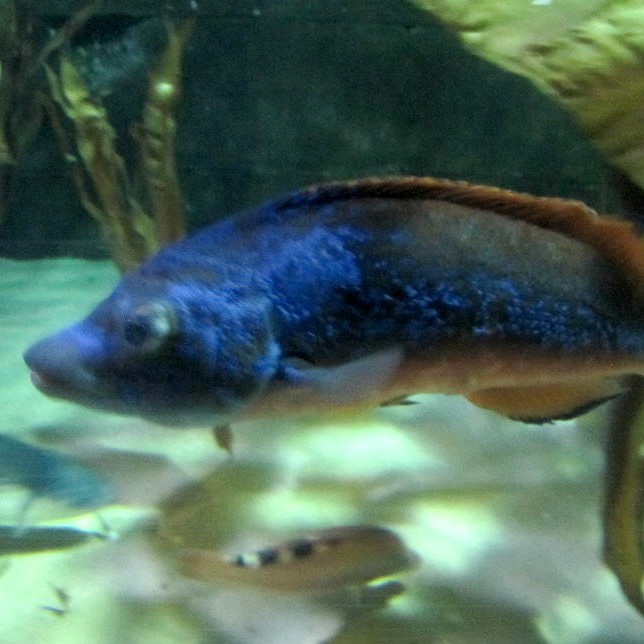Cuckoo Wrasse Labrus mixtus



The Cuckoo Wrasse is native to the northeastern Atlantic Ocean including the North Sea, Mediterranean and Canary Islands.
The adult male, above, is very different in appearance to the female.



The adult female, above, like the juveniles, is pink with a black and white patch below the rear of the dorsal fin.
All born female, the largest can transform to a male if the male is missing.



They grow to some 30cm, although large males can exceptionally reach 40cm. The name Cuckoo does not relate to
nesting habits, - in fact the male will build a seaweed nest for the female to lay her eggs and will guard the eggs until they hatch.
The cuckoo name is said to come from the Cornish name cuckoo flower for bluebells, relating to the male's blue colouring.

